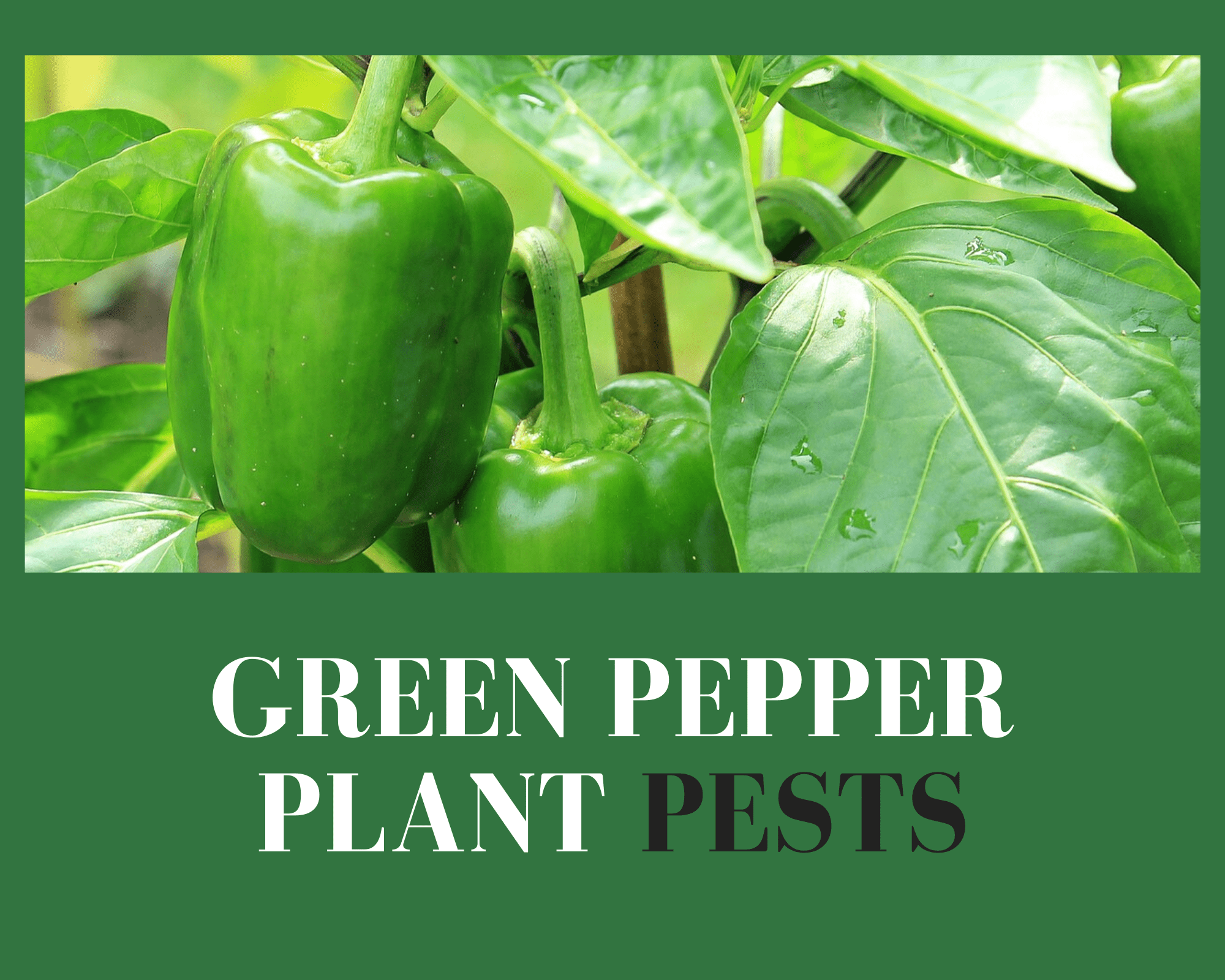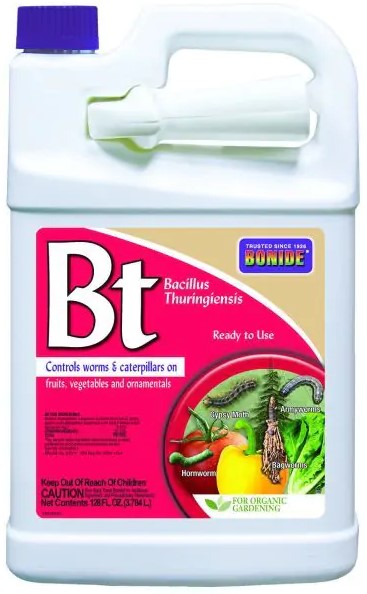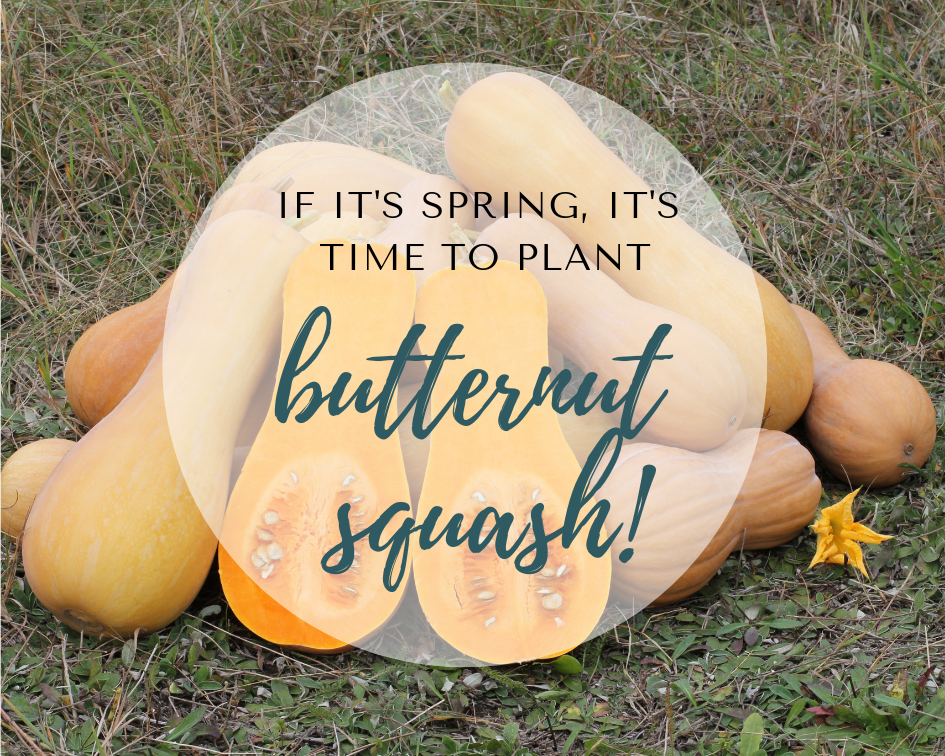This post may contain affiliate links. As an Amazon Associate we earn from qualifying purchases.
Thus started an email from one of our readers – a plea for help. She was at her wits’ end and about to pull every green pepper plant from her garden.
If something is eating holes in your green peppers, you have a long list of suspects from which to choose, according to the experts at North Carolina State University. Over 35 types of mites and insects are attracted to green peppers, but not all occur nationwide.
The main perps when there are holes in a green pepper plant
Chewing insects in the vegetable garden are typically worms, caterpillars and grubs. Two of the main culprits that leave holes in green peppers are the corn earworm (Helicoverpa zea) and fall armyworm (Spodoptera frugiperda).
.
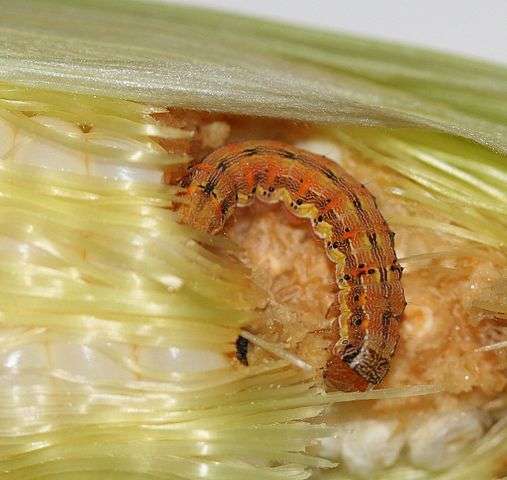
The corn earworm’s appearance depends on life stage. Typically, the youngest are orange and black but color varies widely. As they age, they turn brown.
They may be hard to see on the plant as they range in size from about half an inch to three quarters of an inch.
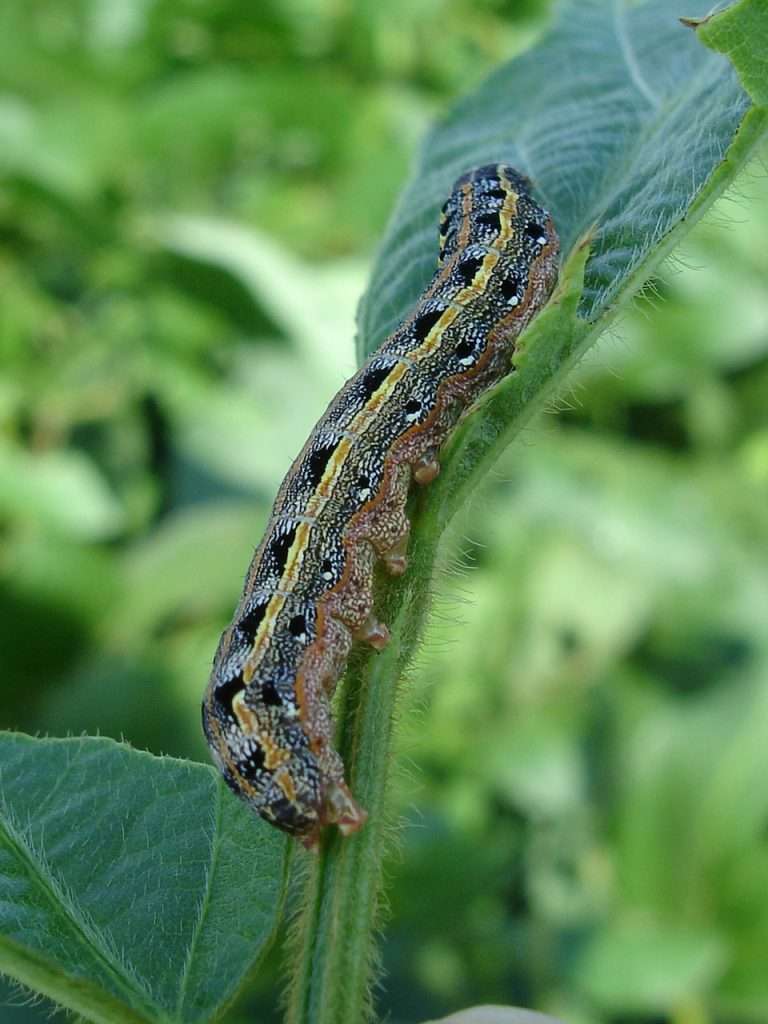
The fall armyworm, which may make its appearance in late summer in the southern U.S., is either black, brown or green and it sports a black stripe down its sides and a yellow one down its back.
It is just a bit smaller than the corn earworm.
How to get these pests off of your pepper plant
Identification of the pest that is producing the damage is paramount to finding a solution. If you can’t identify the pest, take a sample to the cooperative extension office in your county and have an agent help you.
If the holes in the peppers are mainly at the stem end of the fruit, the corn earworm is the likely suspect. This pest is best controlled with Baccillus thuringiensis kurstaki (Btk). Baccillus thuringiensis is a bacteria that lives in the soil. There are many strains of Bt, each controls a specific type of pest.
To get rid of the corn earworm, you want to find the ‘kurstaki’ strain. The pesticide’s ingredients label may list it as Btk. It is completely safe for humans and for pets and considered an organic pesticide.
Best of all, it also kills the fall armyworm.
The worms need to eat the Btk for it to work. When dealing with either pest, monitor the pepper plant, paying close attention to areas where there is damage. Look under the leaves for the worms and eggs.
“Exposure to cold (<32° F) and hot (>90° F) temperatures will reduce the viability of the bacteria,” according to Raymond Cloyd at ProduceGrower.com. Water quality may also negatively influence the viability of the bacteria. For instance, alkaline water, with a pH >8, will reduce the effectiveness of the toxin associated with Btk. The appropriate water pH should be =7,” he concludes.
It’s also important to time the application of insecticide so that it’s on the plant when the eggs hatch. If you can’t find them, cover the entire plant thoroughly with the product, paying close attention to the leaves, top and bottom.
Btk takes from 24 to 72 hours, once consumed by the pests, to kill them.
This pesticide is safe to use on edible plants. See the Resources section below for where to purchase Btk.
Skip the homemade pesticides
There are almost as many methods of organic pest prevention as there are organic gardeners – or so it seems.
New gardeners, who tend to get their gardening advice from YouTube videos or on Facebook suggest preparing a concoction that includes garlic and onion juice.
“To date there is limited research showing effectiveness of garlic insecticides,” according to the experts at the University of Connecticut’s Home & Garden Education Center.
We think that you’ll be happy with the results you’ll get from a biopesticide like Bt. For best results, read and follow the label instructions.
Resources
We earn a small commission when you click on a link and purchase a product.
Bacillus thuringienesis subsp. kurstaki (Btk)
